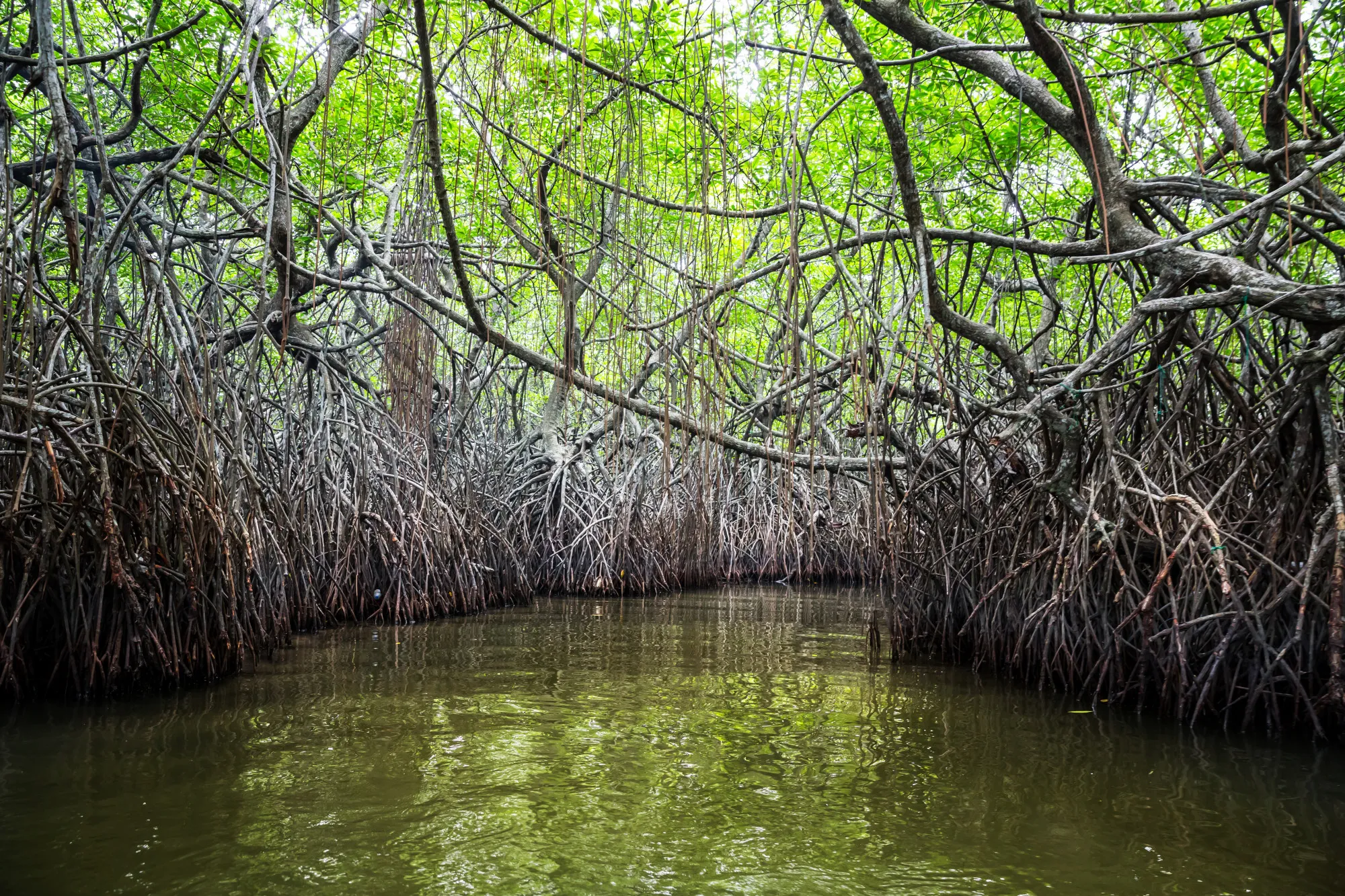In recent years, mangrove forests have been at the forefront of ecological research due to their significant role in carbon sequestration and their unique position in the interface between marine and terrestrial ecosystems. A new study published in ‘The Science of the Total Environment’ is drawing attention to a previously under-explored aspect of these crucial ecosystems: greenhouse gas emissions (GHG) from mangrove stems.
Traditionally, research and conservation efforts have focused on the soil of mangrove forests as a major carbon sink. However, with GHG such as methane (CH₄) and nitrous oxide (N₂O) playing a considerable role in global warming, researchers are now turning their attention to these gases’ emissions directly from the trees themselves.
Keywords
1. Greenhouse Gas Emissions
2. Mangrove Stem Research
3. Qi’ao Island Mangroves
4. Methane and Nitrous Oxide Flux
5. Microbial Communities in Mangroves
In the study titled “Methane and nitrous oxide emissions and related microbial communities from mangrove stems on Qi’ao Island, Pearl River Estuary in China” (DOI: 10.1016/j.scitotenv.2024.170062), a team of international researchers set out to monitor methane and nitrous oxide emissions from the stems of mangrove trees. Led by Dr. Xiaolin Liao from the College of Ecology and Environment at Nanjing Forestry University and Dr. Ying Wang from the School of Atmospheric Sciences at Sun Yat-sen University, the study stands as a groundbreaking effort to understand the extent to which mangrove trees contribute to GHG emissions.
The study, conducted on Qi’ao Island located in the Pearl River Estuary of China, has revealed that not only the soil but also the mangrove stems are active sites of methane and nitrous oxide emissions. Qi’ao Island, a place of great ecological significance, features a thriving mangrove ecosystem that serves as a natural laboratory for studying the complex interactions between these unique trees and the atmosphere.
Dr. Fan Wang, a key researcher on the team from Sun Yat-sen University, stressed the importance of the study, noting that “understanding the full spectrum of greenhouse gas dynamics in mangrove ecosystems is essential to accurately assessing their role in global carbon cycles and the fight against climate change.”
The study reveals that the microbial communities within the mangrove stems are largely responsible for the production of methane and nitrous oxide. These communities, including cyanobacteria which reside within the heartwood of mangrove trees, perform metabolic functions that result in the release of these potent GHGs. With the understanding of the complex interplay between these microbes and their host trees, scientists can now begin to piece together a more comprehensive picture of how mangrove forests influence global climate.
The emissions of methane and nitrous oxide quantified in the study are substantial and represent a significant component of the overall greenhouse gas budget for mangrove forests. The researchers used state-of-the-art equipment and methodologies to measure the flux of gases from the stems, overcoming the challenges associated with monitoring these emissions in such an intricate environment.
The results from the study underscore the need to consider all aspects of GHG emissions when developing strategies for the conservation and management of mangrove forests. Alarmingly, as the study notes, these forests are increasingly threatened by human disturbance, which can exacerbate the release of carbon from these ecosystems and disrupt the delicate balance of microbial communities.
Moreover, the research highlights the importance of considering stem emissions in estimations of mangrove contributions to the atmospheric pools of GHGs. As the effects of climate change continue to be felt worldwide, accurate data on all possible sources and sinks of greenhouse gases is essential for developing informed policies and initiatives aimed at mitigating these changes.
Dr. Saadatullah Malghani, a co-author of the paper from the Department of Plant and Environmental Sciences at the University of Copenhagen added, “Our findings suggest that we must take into account the biological complexity of mangrove trees and the diversity of microbial life they support when evaluating their overall impact on the environment.”
The implications of this study extend beyond the scientific community, directly informing policymakers and conservationists working to preserve these vital ecosystems. International efforts such as the REDD+ initiative, aimed at reducing emissions from deforestation and forest degradation, can benefit from the data provided by such detailed research into the climatic role of mangroves.
In conclusion, the groundbreaking work by Liao, Wang, and their colleagues illuminates a critical area of mangrove ecosystem science that has been neglected until now. By understanding the contribution of mangrove tree stems to greenhouse gas emissions, we are one step closer to preserving these environments, which are not only key to our planet’s health but are also a testament to the intricate web of life that remains to be fully understood.
References
1. Liao, X., Wang, Y., Malghani, S., Zhu, X., Cai, W., Qin, Z., & Wang, F. (2024). Methane and nitrous oxide emissions and related microbial communities from mangrove stems on Qi’ao Island, Pearl River Estuary in China. The Science of the Total Environment, 170062. DOI: 10.1016/j.scitotenv.2024.170062
2. Pendleton, L., Donato, D. C., Murray, B. C., Crooks, S., Jenkins, W. A., Sifleet, S., … & Baldera, A. (2012). Estimating global “blue carbon” emissions from conversion and degradation of vegetated coastal ecosystems. PloS one, 7(9), e43542.
3. Alongi, D. M. (2014). Carbon cycling and storage in mangrove forests. Annual Review of Marine Science, 6, 195-219.
4. McLeod, E., Chmura, G. L., Bouillon, S., Salm, R., Björk, M., Duarte, C. M., … & Silliman, B. R. (2011). A blueprint for blue carbon: toward an improved understanding of the role of vegetated coastal habitats in sequestering CO2. Frontiers in Ecology and the Environment, 9(10), 552-560.
5. Nóbrega, G. N., Ferreira, T. O., Romero, D. J., Marques, A. G. B., & Otero, X. L. (2016). The width of mangroves in buffering near-shore carbon emissions along the tropical Americas: Can we guess it? Estuarine, Coastal and Shelf Science, 169, 187-194.
